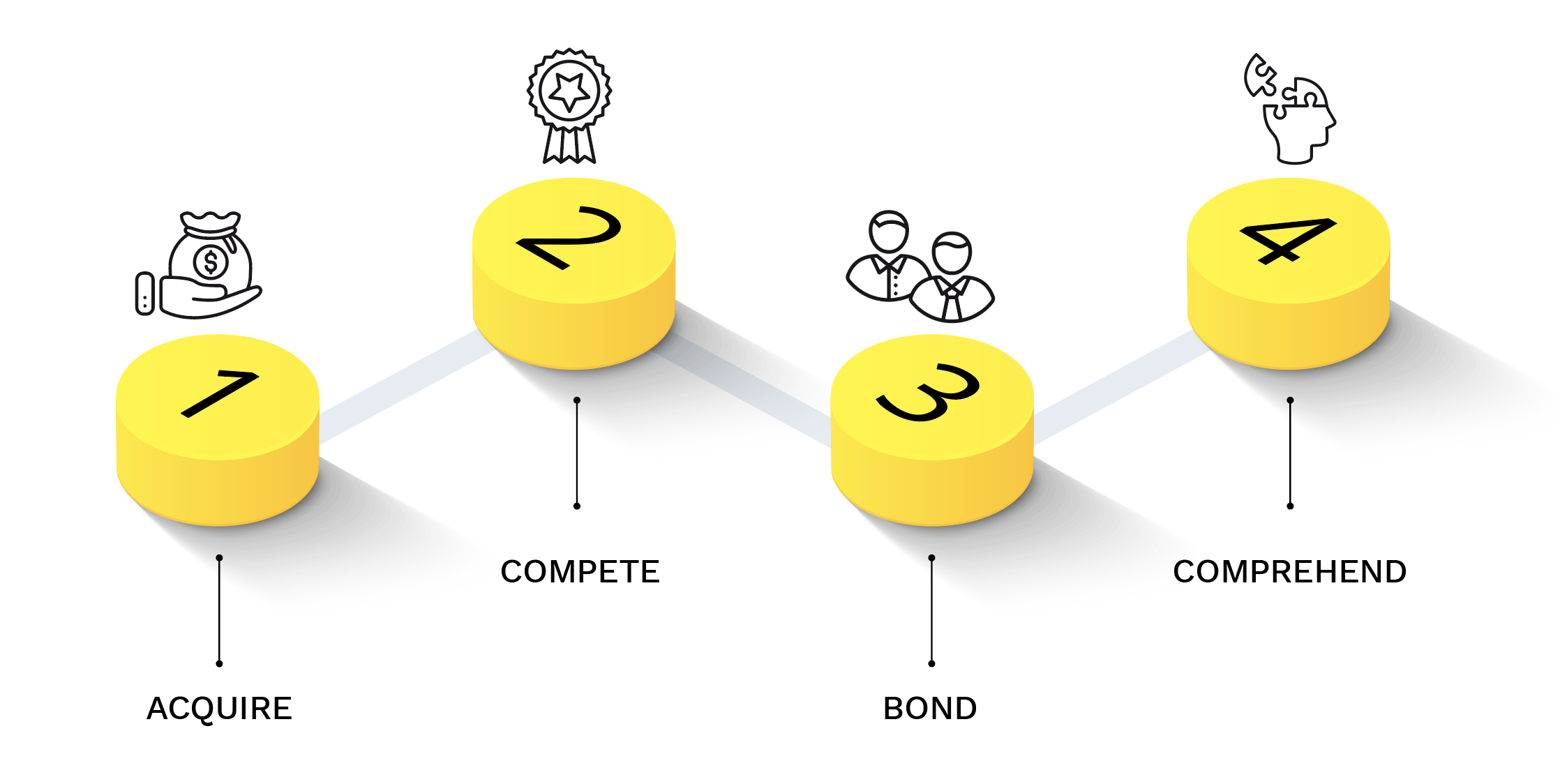Is there really a best leadership style?
If you are leading a team or running a corporation you probably know the sinking feeling that often sets in soon after the euphoria of becoming a leader is realized. For many, it doesn’t take long before the celebration begins to dissipate and gives way to the reality of the challenge. You have been working for years to gain the experience and skills necessary to be entrusted with the organizational leadership role. Now, among the myriad questions that seem to pop up by the hour, lurks the big one. What leadership style should you embrace to ensure the greatest chance for success? It may be one of the most important decisions any new leader makes. It’s a basic question with a complex answer.
The evolution of leadership choices
There is no shortage of leadership styles to choose from. Researchers have been hard at work over the years theorizing, categorizing, revising, and cataloging various methodologies. There’s been a steady progression of theories associated with leadership dating back decades.
It seems hard to believe that both society and academia once subscribed to the “Great Man” theory of leadership. It was once believed that only certain men (yes, it was once believed that only males could lead) were born to be great leaders and only those born with the trait could lead. This archaic way of thinking gave way to a number of other “trait” based leadership styles.
By the mid-1900s leadership theory took a turn and research focused more on the external behaviors of leaders. This made more sense than trying to lock down the specific internal characteristics that were thought to have made great leaders of earlier generations.
By the mid-1960s a new way of looking at leadership started to emerge. Contingency theories began to take into account the variables involved in leading – such as differences in people, differences in tasks required, varying situations in the nature of the organization, as well as environmental factors. This was the first time that any research acknowledged that no single style of leadership was universally appropriate.
In the early 1990s Leader-Follower theories abounded. These concentrated on the need for high-quality relations between the leader and follower. Trust and respect were now also considered determinants of successful outcomes, not just the lower-quality interactions that focused on transactional and contractual obligations.
Even after exhaustive research began to recognize the fact that different situations require different leadership interventions, both new theories and revisions of some of the older theories continue to develop. The concept of Servant Leadership, which was first popularized in the late 70s, began to be more common and embraced in the late 1990s. Transformational Leadership became an almost a universal buzzword by 2000. Transformational Leadership theorists recognized that sound leadership could transcend beyond a mere transaction between leader and follower and actually reshape the underlying behavioral characteristics of the followers themselves. The four components of transformational leadership: idealized influence, individual consideration, inspirational motivation, and intellectual stimulation work together to change the overall leadership dynamic.
WHAT MATTERS MOST?
Before a new leader (or more seasoned leader for that matter) chooses a specific leadership style there’s a much more important factor to take into consideration than just which leadership style is most comfortable to you. Understanding what is motivating and driving people is one of the most important factors in determining whether or not a particular leadership style will produce the desired results.

Every individual is ultimately motivated by one of four drivers:
THE DESIRE TO ACQUIRE
Some individuals are driven by the desire to acquire things. These desires can encompass any number of things but usually are some combination of money, power, reputation or influence. For these individuals, the primary components of transactional leadership will be most effective in compelling them to engage the leadership vision.
THE DESIRE TO COMPETE
The second group of individuals is primarily motivated by the desire for competition. Any leadership style that involves empowering these individuals and positioning them to compete with others has a high probability of effectiveness.
THE DESIRE TO BOND
The third group of individuals is primarily motivated by the desire to bond or affiliate. People in this group prize relationships and thrive in an environment where the leader demonstrates a leadership style that promotes esprit de corps within the organization as well as creates opportunities for synergistic collaboration within the team.
THE DESIRE TO COMPREHEND
The last group is motivated by a desire for knowledge. Anytime a leader can put the individuals in this group in a position to better understand how things work and gain access to insights about the inner workings of the team, they will be highly productive.
Behavioral Assessment Tools
 Although each person in an organization or on a team has an inherent primary driver it is highly likely that their weaker secondary driver will also influence their behavior and the receptivity to a certain leadership intervention. It was once considered quite challenging to identify the individual drivers and motivators for individuals, but the process of determining these characteristics is now straightforward. There are a number of quick and easy psychometric inventory tools that allow individuals to identify their primary and secondary inherent motivational drivers. Once these drivers are identified, leaders can determine which characteristics or combination of characteristics from a specific leadership style will be most easily embraced by the followers on their team.
Although each person in an organization or on a team has an inherent primary driver it is highly likely that their weaker secondary driver will also influence their behavior and the receptivity to a certain leadership intervention. It was once considered quite challenging to identify the individual drivers and motivators for individuals, but the process of determining these characteristics is now straightforward. There are a number of quick and easy psychometric inventory tools that allow individuals to identify their primary and secondary inherent motivational drivers. Once these drivers are identified, leaders can determine which characteristics or combination of characteristics from a specific leadership style will be most easily embraced by the followers on their team.
Pulling it all together
There is no absolute right or wrong answer to which style of leadership is most effective. The style of leadership that your followers are most receptive to will always be the most easily embraced and most likely to produce the desired results. As leaders, we can make tremendous progress in our ability to have positive interactions and achieve the desired outcomes by working to develop a deeper understanding of who we are leading and what inherent forces are compelling people to take actions.
The scientific ability to identify and recognize motivational drivers is one of the greatest innovations in leadership development. Now we have the opportunity to pick and choose among the best characteristics of various leadership styles and align them with the desires and motivations of the people we are leading.


Leave A Comment